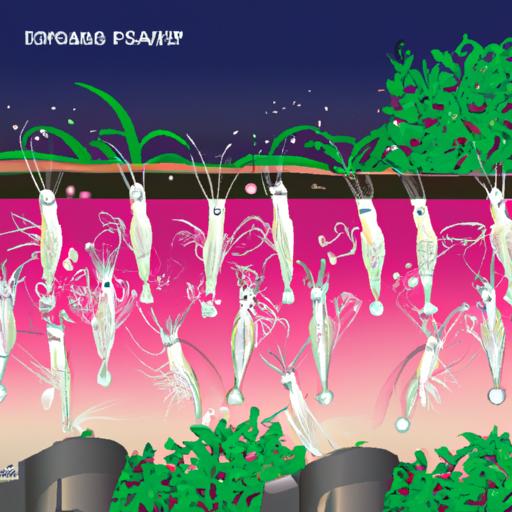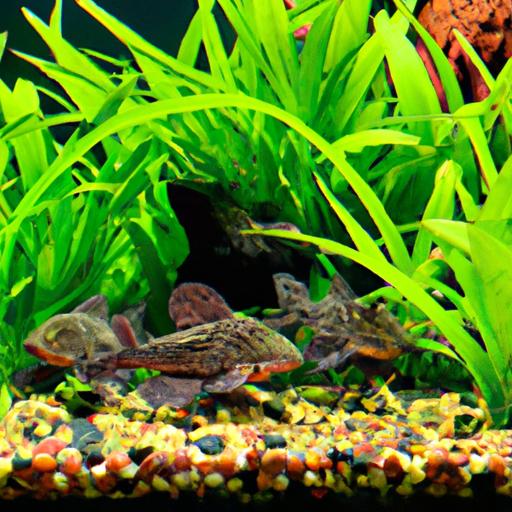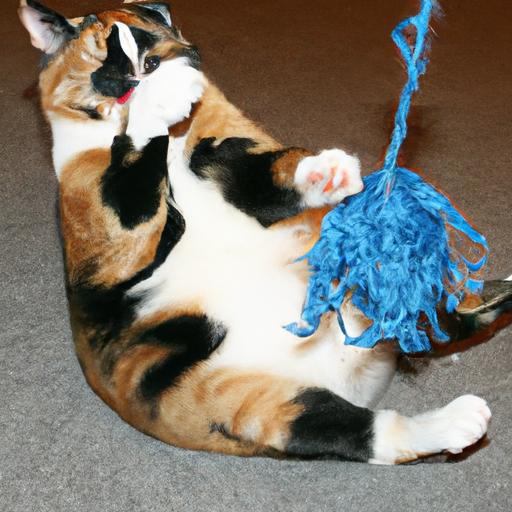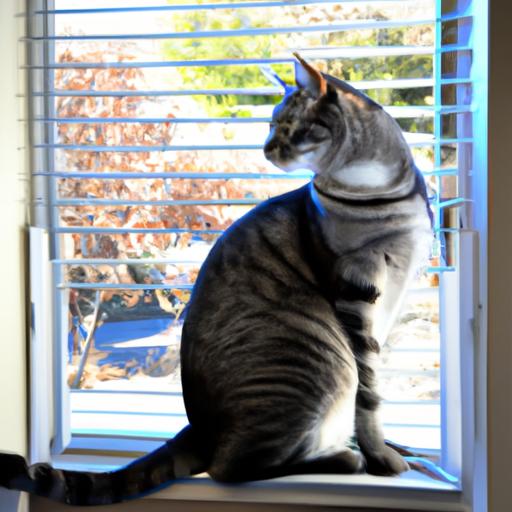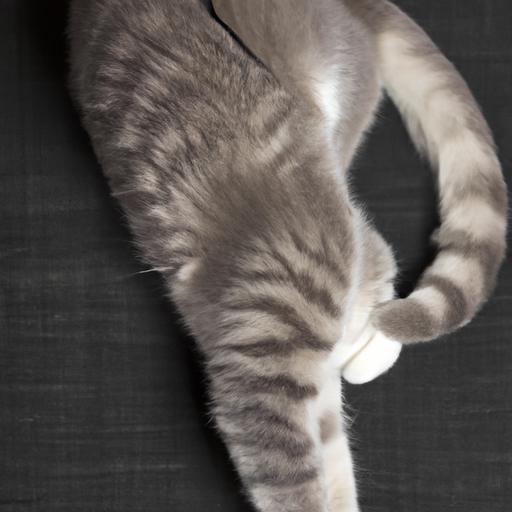
Cat Behavior: The Significance of Tail Quivering
Discover the meaning behind cat behavior with our guide on “Cat Behavior: The Significance of Tail Quivering.” Unravel the mysteries of feline communication.
Introduction
Cats are fascinating creatures with a wide range of behaviors that can sometimes leave us puzzled. One such behavior that often catches our attention is tail quivering. Have you ever wondered why cats do this? In this article, we will explore the significance of tail quivering in cat behavior and unravel the mysteries behind this intriguing feline trait.
Understanding Tail Quivering in Cats
When you see your cat’s tail quivering, you may mistake it for a sign of fear or aggression. However, tail quivering in cats is quite different from other tail movements. It is a behavior that involves a gentle trembling or vibrating motion of the tail. While it may seem perplexing, tail quivering is actually a way for cats to communicate various messages.
Cats use their tails as an extension of their emotions, and tail quivering is no exception. It can indicate a range of feelings, including excitement, anticipation, happiness, or even annoyance. Just like a wagging tail in dogs signifies joy, a quivering tail in cats can be a positive sign. It’s essential to pay attention to the context and accompanying body language to understand the true meaning behind the quivering.
FAQ about Cat Tail Quivering
-
What are the different types of tail quivering? Cats can exhibit two main types of tail quivering – slow and rapid. Slow tail quivering typically indicates relaxation and contentment, while rapid tail quivering can signify heightened excitement or anticipation.
-
Is tail quivering always a sign of a problem? Not necessarily. While tail quivering can sometimes indicate anxiety or discomfort, it is not always a cause for concern. Cats have various ways of expressing themselves, and tail quivering should be evaluated in conjunction with other behavioral cues.
-
How can I differentiate between normal tail quivering and abnormal behavior? Normal tail quivering is usually accompanied by other signs of relaxation or excitement. Abnormal behavior, on the other hand, may involve aggressive body postures, hissing, or other signs of distress. It’s crucial to observe the overall behavior and consult a veterinarian if you suspect any health or behavioral issues.
-
Are there any health issues associated with tail quivering in cats? In some cases, tail quivering may be a symptom of an underlying medical condition such as hyperthyroidism or nerve damage. If you notice persistent or unusual tail quivering, it’s advisable to seek professional veterinary advice to rule out any health concerns.
Conclusion
Understanding cat behavior can be both challenging and rewarding. Tail quivering is a significant aspect of feline communication, allowing cats to express their emotions and needs. By observing and interpreting tail quivering, we can gain valuable insights into our cats’ moods and create a stronger bond with them.
Next time you notice your cat’s tail quivering, remember to consider the context and accompanying body language to decipher its message. Tail quivering is just one piece of the puzzle in understanding our feline friends, but it can provide valuable clues about their overall well-being.
Unlock the secrets of cat behavior and deepen your connection with your furry companion. Discover more fascinating insights into cat behavior by visiting our comprehensive guide on Cat Behavior: The Significance of Tail Twitches.















